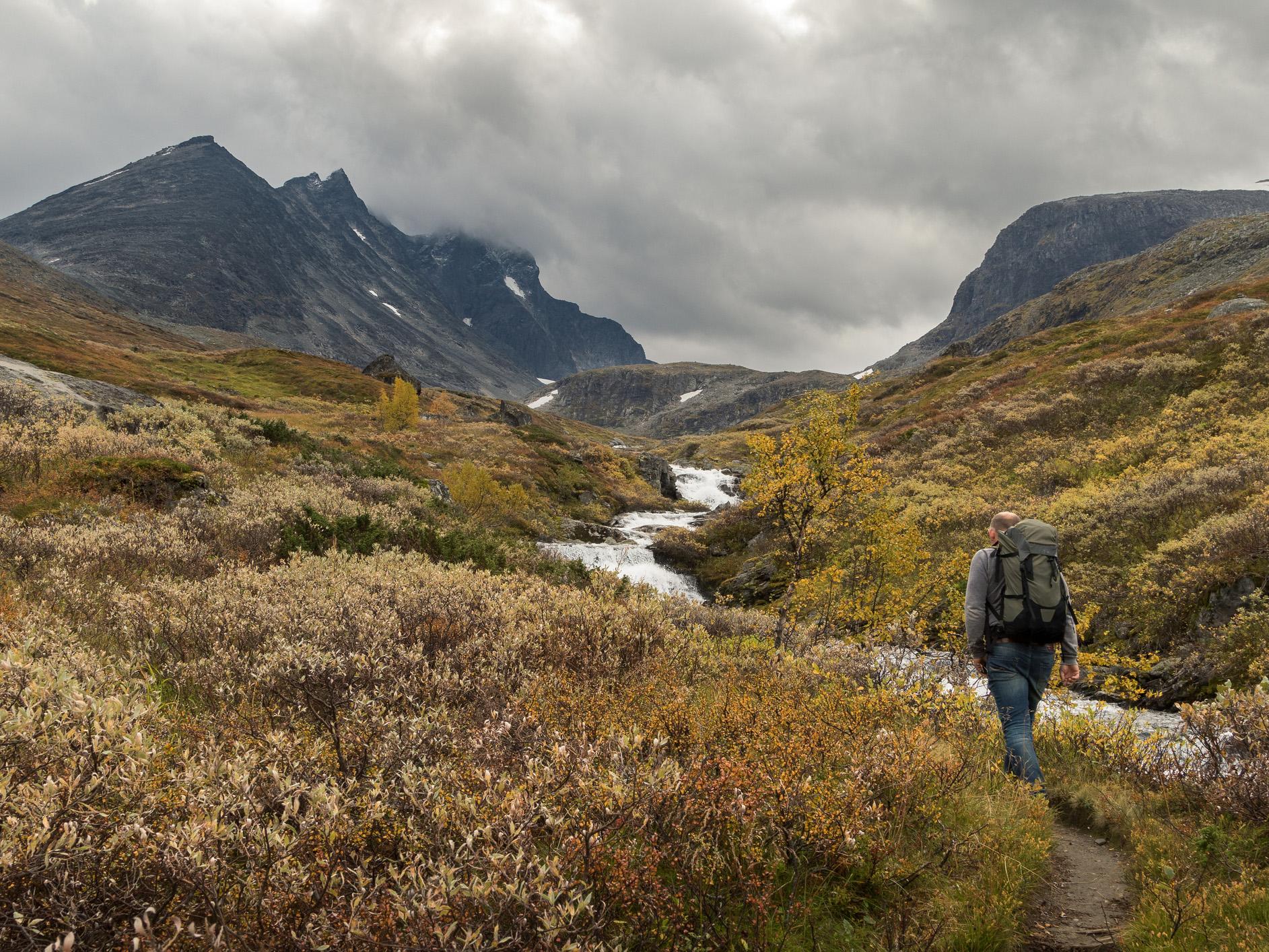Early Scandinavians adapted to living at high latitudes because they had mixed heritage children
Two waves of immigration into northern Europe around 9,500 years ago resulted in a genetically diverse population that could adapt to life in extreme environments

Your support helps us to tell the story
From reproductive rights to climate change to Big Tech, The Independent is on the ground when the story is developing. Whether it's investigating the financials of Elon Musk's pro-Trump PAC or producing our latest documentary, 'The A Word', which shines a light on the American women fighting for reproductive rights, we know how important it is to parse out the facts from the messaging.
At such a critical moment in US history, we need reporters on the ground. Your donation allows us to keep sending journalists to speak to both sides of the story.
The Independent is trusted by Americans across the entire political spectrum. And unlike many other quality news outlets, we choose not to lock Americans out of our reporting and analysis with paywalls. We believe quality journalism should be available to everyone, paid for by those who can afford it.
Your support makes all the difference.When the first two waves of colonists arrived in Scandinavia, the genetic “melting pot” that ensued may have helped humans adapt to the region’s inhospitable conditions.
The most northerly part of Europe was first settled around 9,500 years ago.
According to a new study, two separate groups of immigrants met in Scandinavia during this period, coming from what is now Western Europe and Russia.
As these two ethnically distinct groups mixed, their combined genes helped later generations adapt to the freezing, high latitude conditions of Scandinavia.
Some of the adaptations that emerged at this time might still be found in modern-day inhabitants of Scandinavian countries.
The results of this study were published in the journal PLOS Biology.
To understand the genetic history of the region, scientists sequenced the genomes of seven hunter-gatherers excavated across Scandinavia, all of which lived between 9,500 and 6,000 years ago.
In doing so, they identified genes associated with certain characteristics, including skin and eye colour.
“The western and eastern hunter gatherers are genetically quite distinct and had quite different physical appearances,” said Professor Mattias Jakobsson, a population geneticist at Uppsala University who co-authored the study.
“The western hunter gatherers tend to have blue eyes but dark skin, whereas the eastern hunter gatherers have pale skin, and more of a mixed range for eye and hair colour.”
When these populations interbred, the resulting diversity appears to have equipped the early Scandinavians with the genetic tools to survive the region's extreme environment.
Light skin is known to be an adaptation to life at high latitudes. It enables people to absorb UV light from the Sun better, and therefore produce enough vitamin D.
The colour of skin is controlled by a variety of genes.
The population resulting from a combination of the western and eastern immigrant groups had higher levels of gene “variants” causing light pigmentation, according to the study.
“You have two groups coming together and the mix of all these low pigmentation variants, and what we see is an increase in low pigmentation variants in Scandinavia – more than you would get from just mixing gene pools,” said Professor Jakobsson.
“That’s a clear signal of adaptation to low light levels.”
The study also threw up another adaptation for life in Scandinavia, and one that might have relevance for modern Scandinavians.
“We know Scandinavian hunter-gatherers that lived there 9,000 years ago haven’t left much genetic material in the people who live there today,” said Professor Jakobsson.
However, he noted that one gene found in the ancient Scandinavians – termed TMEM131 – is still found at a high frequency in modern northern Europeans.
Scandinavia 9,000 years ago had a very inhospitable climate, and though it was starting to get warmer around this time, the interior of the landmass was still “a huge lump of ice”, according to Professor Jakobsson.
The scientists think that TMEM131, a gene associated with physical performance, could have emerged and been sustained in the Scandinavian population as an adaptation to cold conditions.
Professor Mark Thomas, an evolutionary geneticist at University College London who was not involved in the study, said the researchers had provided “reasonably good support” for their ideas.
“Genetic variants that may have given early Scandinavians an advantage are still there in Scandinavians today,” he said.
The genes have been retained, he said, despite the different populations that have entered Scandinavia since then, such as the wave of immigration that brought farming to the region around 6,000 years ago.
“That suggests those variants were particularly advantageous for people living in that environment,” said Professor Thomas.
Professor Jakobsson said their results show the waves of immigration that lead to the formation of modern populations.
“In the bigger picture we see this constant process of people moving to Scandinavia,” he said.
“Already the first people coming here were two streams coming from two different directions. Then you see that over and over again.”
Join our commenting forum
Join thought-provoking conversations, follow other Independent readers and see their replies
Comments